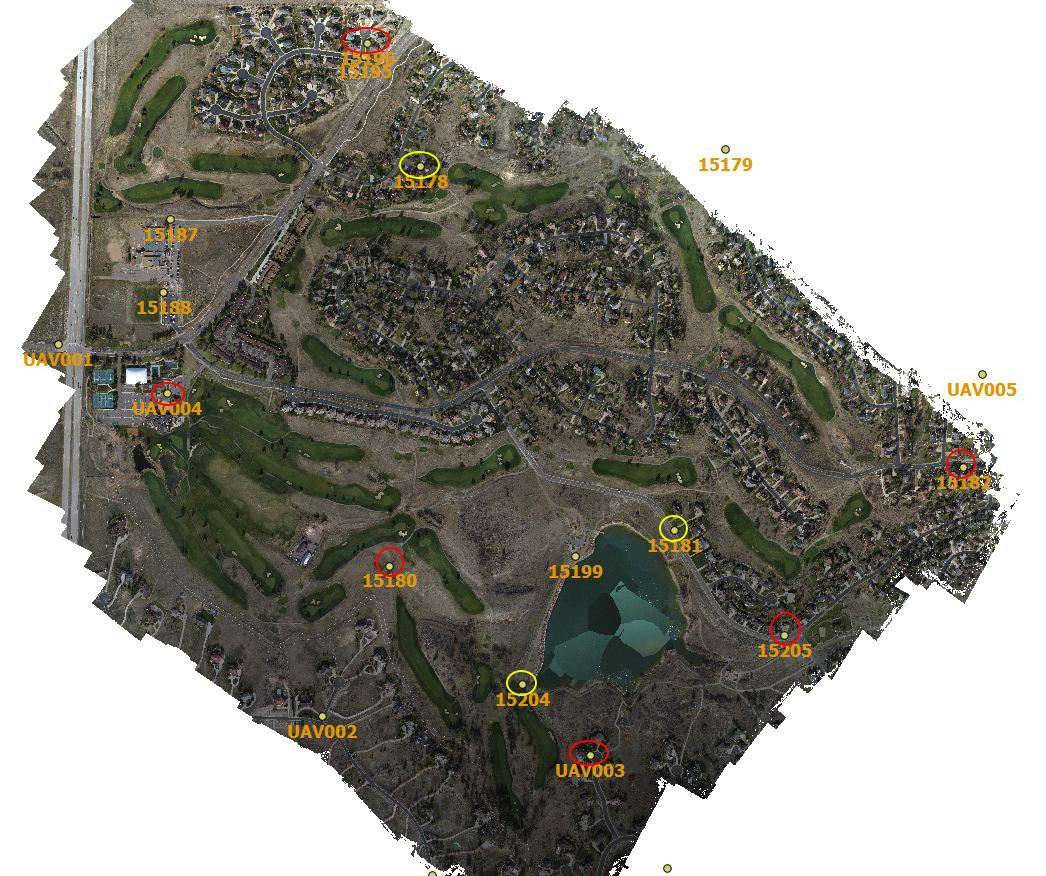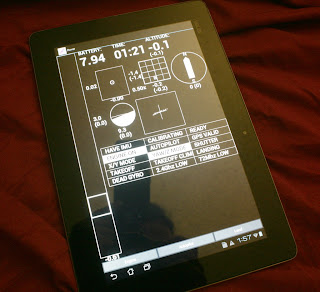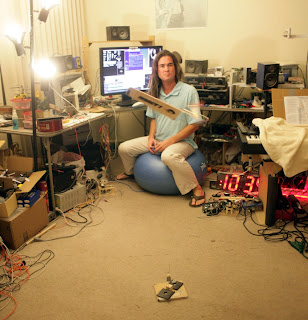
Finally I got my T-Rex 600 in the air.
Equipped with: APM 2.5 - Radio 915 Mhz
GPS uBlox - Sonar-EZ0 - AttoPilot
RC: Spectrum DX8

I managed to fit the APM 2.5 and the DX8 receiver into one box, keeps the wiring down and adds weight to the box which is better for vibration dampening.

The box is supported by 4 ear plugs acting as great vibrations damper. It works very well, you can’t feel any vibes.



I run 2 BEC’s on a 2200 3S LiPo, one powering the servos, and the second the avionics.

A switch for the avionics and a connector acting as a switch for the ESC makes it easy to get ready for takeoff. Everything is done; you don’t have to fiddle around, just flick the switch, and let the APM get ready, then push that connecter in, and go.
The Heli is powered by 5000 12S LiPo (2 6S in series), which will give me about 15min+ in the air. I provided for a second set 5000 12S LiPo’s to be connected in parallel to the standard battery pack by a connecter, this will give me a capacity of 10000 12S.
Don’t be afraid to connect LiPo’s parallel; if you do it right there is no harm to you and the LiPo’s.
See link’s LiPo parallel charging 1 LiPo parallel charging 2
This setup might give me about 25min in the air, and if I fit the Heli with asymmetrical rotor blades,
I might get 45min airtime.
I think this Heli wil be a great platform for FPV flying, which I will look into in the very near future, after gathering more experience with this setup.
The first flights proofed already very stable in Stab and AltHold, and I was 15min+ nonstop in the air. The average current draw is just 15Amp.
My RX setup with Spectrum TX8 is surely unusual; I fly the Heli in Airplane mode.
Flying with an autopilot you don’t need swash mixing or the link between throttle and collective. You have a flat throttle curve anyway.
I linked the Knob to Aux1 which is my throttle and the throttle curve from the Airplane is my pitch curve. The rest is pretty much the same as you have it in Heli mode.
The pros of this are:
- In AltHold you can take the collective stick slowly way back until the Heli starts descending, without cutting in to the descending part of the throttle curve and interfering with the motor speed.
- You can adjust the rotor speed during flight (compensate for voltage drop).
- You can’t accidentally kick the stick forward and start the motor on the ground.
- If 1 of the 3 pitch servos gets stuck, you have much more a change to land the heli undamaged, just leave the collective and adjust the motor speed slowly so the heli will descend.
It works and flies very well for me.
You could control the throttle with the Knop in Heli mode as well, but you have to sacrifice 1 RC channel, because in Heli mode the pitch and throttle are always linked.
I’ll keep you up to date with my experiences and further developments.



